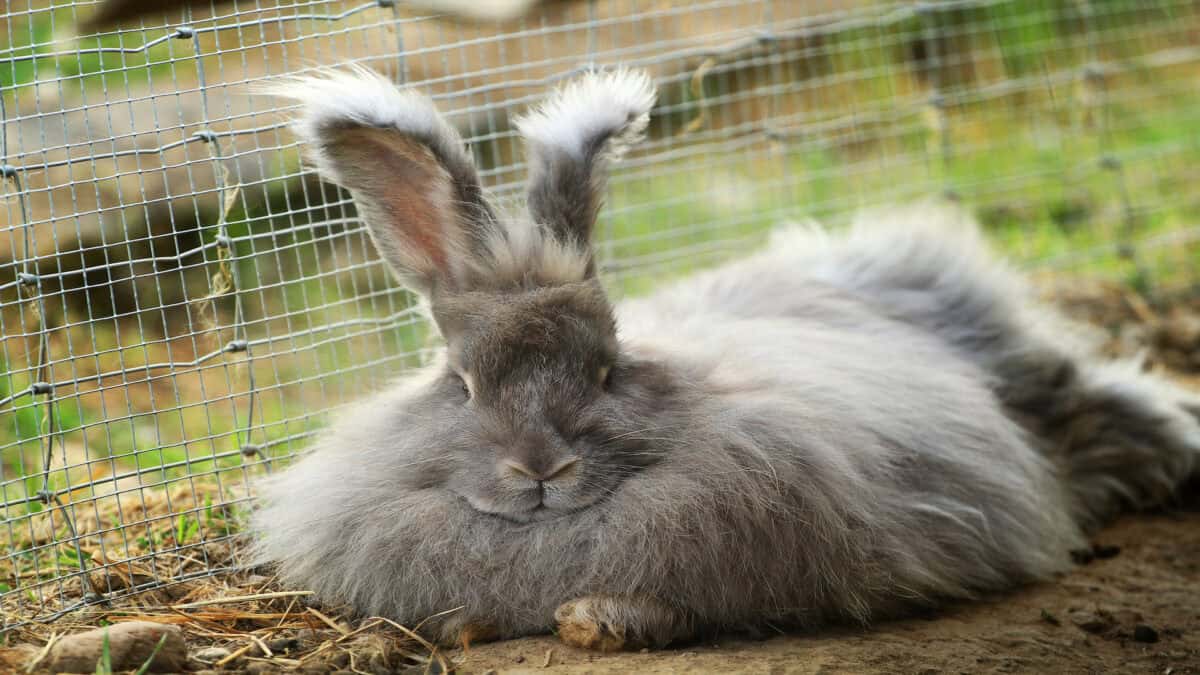Rabbits have long been a source of fascination and intrigue in American folklore, captivating the imaginations of people across cultures and generations. From Native American storytelling to African American myths and children’s literature, rabbits hold a special place in the tapestry of American cultural history. This article explores their origins, roles, and significance as they hop through tales of wisdom, trickery, and enchantment.
The Native American Connection

In Native American folklore, rabbits often play the role of the clever trickster. They are seen as wise and cunning creatures, outwitting others with their intelligence and ingenuity. Tribes such as the Cherokees tell stories in which the rabbit is a mediator between the spirit world and humans, using its wits to solve problems and bring messages from beyond.
Br’er Rabbit and African American Folklore

Perhaps one of the most famous rabbits in American folklore is Br’er Rabbit, a character born from African American oral traditions. He is a symbol of strength through cunning, consistently surviving challenging situations by outsmarting his foes. Br’er Rabbit stories, which originate from African storytelling traditions, were brought to the United States by enslaved Africans and have since become a fixture in American folklore.
Pioneering Tales: Rabbit as Settlers’ Companion

During the westward expansion of the United States, rabbits were often seen as part of the landscape. For pioneers, the presence of rabbits in the vast American wilderness symbolized fertility, abundance, and the promise of life. Their ability to thrive in various climates made them both a resource and a part of survival stories told around campfires.
The Easter Bunny Tradition

The Easter Bunny is among the most beloved rabbit figures in American culture, blending folklore with holiday traditions. Originating from German immigrants in the 1700s who told stories of an egg-laying hare called “Osterhase,” the Easter Bunny has since become a central figure in American Easter celebrations, embodying themes of rebirth and renewal.
Rabbits in Children’s Literature

Rabbits frequently appear in children’s stories, often serving as protagonists who showcase friendship, bravery, and kindness. From Beatrix Potter’s Peter Rabbit to the Velveteen Rabbit, these tales have captivated young audiences, teaching moral values and life lessons while ensuring that rabbits maintain their status as beloved characters in children’s imaginations.
The Rabbit as a Symbol of Luck

In American folklore, a rabbit’s foot is often thought to bring good luck. This belief traces back to various cultural origins, reflecting the idea that possessing this token can ward off evil spirits and provide protection. Carrying a rabbit’s foot has become a part of the folklore tradition, symbolizing fortune and warding in a simple yet culturally rich way.
Adaptations in Pop Culture

Rabbits have hopped into popular culture through cartoons and films, symbolizing innocence, mischief, and cleverness. Bugs Bunny, a cultural icon, exemplifies the comedic and cunning nature of rabbits. These portrayals have contributed to the enduring popularity of rabbits in American media, ensuring their presence in the folklore landscape.
The Connection to the Moon

Many cultures associate rabbits with the moon, an idea that has woven itself into American folklore as well. Some Native American tribes have stories that link rabbits to lunar mythology, positing them as celestial creatures on a spiritual quest. This association underscores the mystical aspect of rabbits in folklore, portraying them as creatures of both earth and sky.
The Rabbit as a Teacher

In various tales across American history, rabbits are depicted as teachers guiding characters through life’s obstacles. As symbols of wisdom and patience, they often impart lessons on how to navigate challenges and embrace personal growth—qualities that reflect their status as esteemed figures in folklore narratives.
Superstitions and Beliefs

Superstitions about rabbits abound in American folklore. For instance, it’s considered lucky to say “rabbit, rabbit” at the start of a month for good fortune. These traditions highlight how deeply ingrained rabbits are in cultural practices, reinforcing their place as symbols of prosperity and protection.
The Rabbit in Modern-Day Storytelling

Today, rabbits continue to inspire stories that capture the complexity and charm of their character. From novels to films, they remain subjects of fascination and admiration, demonstrating their enduring influence on American culture and folklore as timeless symbols of agility, wit, and transformation.
Conclusion: The Timeless Legacy of Rabbits

The journey of rabbits through American folklore is rich, varied, and meaningful. As creatures of myth, storytelling, and symbolism, they convey a host of cultural values and beliefs. Whether depicted as tricksters, guardians, or endearing companions, rabbits have left a lasting imprint on America’s folk traditions, reminding us of the enduring human connection to nature and narrative.
- The Truth About Bear Hibernation Explained - August 26, 2025
- How Anglerfish Use Light to Hunt in the Dark - August 26, 2025
- The Deep Sea’s Most Bizarre Predators - August 26, 2025

